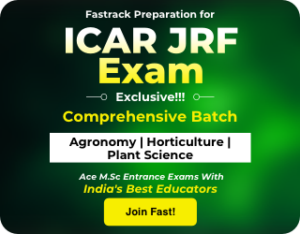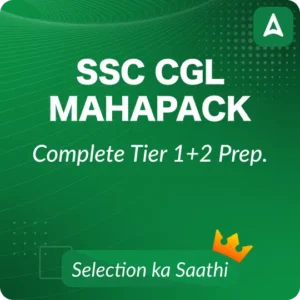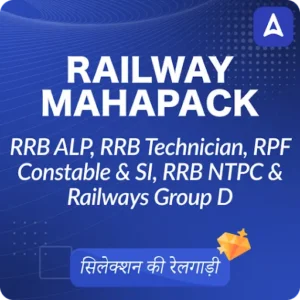The Madhya Pradesh Police is expected to release a notification for approximately 7500 Constable vacancies across the state. To secure a position, candidates must clear multiple stages of the selection process, including a written exam, Physical Efficiency Test (PET), Physical Measurement Test (PMT), and document verification. The physical tests play a vital role in shortlisting candidates. Those who successfully clear the PET and PMT will proceed to the final stage of document verification. For complete details, candidates are advised to go through the full article.
MP Police Constable Physical Test 2025
The MP Police Constable Vacancy 2025 will be released on the official MPESB website, allowing eligible candidates to apply for the available vacancies. This is a great opportunity for candidates who want to join the police force and make a career in the government sector. Here, we have provided the MP Police Constable Physical Test 2025 details.
| MP Police Constable Physical Test 2025 – Overview | |
| Organization Name | Madhya Pradesh Police Department |
| Post Name | Constable |
| Vacancies | 7500 (Expected) |
| Selection Process | Written Exam, Physical Efficiency Test, Physical Measurement Test, Medical Examination and Document Verification |
| Category | Physical Test (PMT & PST) |
| Official Website | https://www.mppolice.gov.in/ |
MP Police Constable Selection Process 2025
To progress in the MP Police Constable Recruitment, candidates must clear each stage of the selection process. Every phase has defined criteria that must be met to move to the next level. The recruitment process consists of the following stages:
- Written Examination
- Physical Efficiency Test (PET)
- Physical Measurement Test (PMT)
- Trade/Driving Test (applicable only for Driver posts)
MP Police Constable Physical Test 2025: Physical Measurement
Candidates who pass the preliminary exam become eligible for the MP Police Constable Physical Measurement Test. See full details below.
| MP Police Constable Physical Measurement Test 2025 | |||
| Gender | Category | Height | Chest |
| Male | General & OBC | 168cm | 81cm to 86cm |
| Male | SC/ST | 160cm | 76cm to 81cm |
| Female | General, OBC, SC/ST | 155cm | – |
MP Police Constable Physical Test: Activity
Candidates who pass the MP Police Constable PMT qualify to take the MP Police Constable physical exam. Find all the details below.
| MP Police Constable Physical Exam | |||
| Post Details | 800m race time | Distance For Shot Put | Distance For a Long Run |
| Constable GD | 2 minutes 45 seconds | 19 ft (7,260 kg) | 13 ft 12 in for Radio Constable |
| Constable GD – Female/Female Home Guard | 4 minutes | 15 ft (4kg) | 10 feet |
| Ex-Serviceman | 3 minutes 15 seconds | 15 ft (7,260 kg) | 10 feet |
| Home Guard soldiers | 3 minutes 15 seconds | 17 ft (7,260kg) (15 ft for Radio Constable) |
12 ft (10 for Radio Constable) |
| Also check |
| MP Police Constable Syllabus 2025 |




 Gauhati High Court Recruitment 2025 Noti...
Gauhati High Court Recruitment 2025 Noti...
 Gauhati High Court JAA Salary 2025, Perk...
Gauhati High Court JAA Salary 2025, Perk...
 DSSSB Jail Warder Previous Year Question...
DSSSB Jail Warder Previous Year Question...




 Adda247 Job portal has complete information about all Sarkari Jobs and Naukri Alerts, its latest recruitment notifications, from all state and national level jobs and their updates.
Adda247 Job portal has complete information about all Sarkari Jobs and Naukri Alerts, its latest recruitment notifications, from all state and national level jobs and their updates.